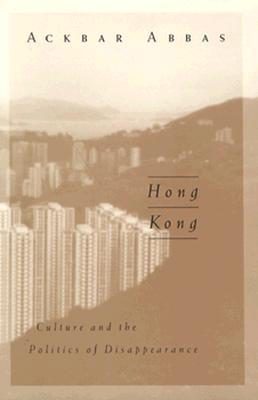Reading response
These articles collectively emphasize the critical role of cinema in reflecting and shaping urban culture, identity, and art amid technological advancements and cultural shifts. This wide-ranging discourse covers Barthes’ phenomenological reflections on the alienation experienced in the cinematic space, as well as Benjamin’s critical examination of the declining aura of art in the era of mechanical reproduction. In addition, it provides an in-depth analysis of how cinema interacts with Asian cities and cultural identities, highlighting the medium’s dual function as a reflector and creator. The uniqueness of cinema lies in its ability to simultaneously resonate with societal norms and create
